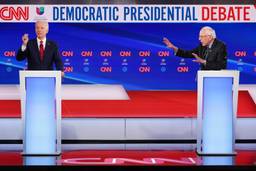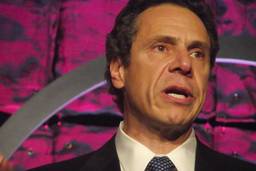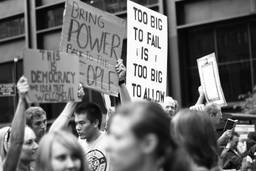Those of us living in the Rocky Mountain region are steeped in America’s famous gun culture – and we therefore know well the binary debates surrounding the Second Amendment. Firearm enthusiasts – the vast majority of whom use weapons responsibly – believe the Constitution protects their right to bear arms. Gun control advocates counter that the Constitution doesn’t give anyone the inalienable right to wield automatic weapons that can kill scores of people in seconds.
This is the stultified freedom-versus-safety quarrel that seemed to forever define gun politics – that is, until anti-government activists started bringing firearms to public political meetings.
In early August, a protester came to a raucous Tennessee congressional forum packing heat. Days later, President Obama’s health care event in New Hampshire was marred by a protester posing for cameras with a pistol and sign reading, “It is time to water the tree of liberty” – a reference to a Thomas Jefferson quote promising violence. And this past week,12 armed men – including one with an assault rifle – not only showed off their firearms at Obama’s Arizona speech, but broadcast a YouTube video threatening to “forcefully resist people imposing their will on us through the strength of the majority.”
These and other similar examples are accurately summarized with the same language federal law employs to describe domestic terrorism. Generating maximum media attention, the weapons-brandishing displays are “intended to intimidate or coerce a civilian population.” Yes, the gun has been transformed from a sport and self-defense device into a tool of mass bullying. Like the noose in the Jim Crow South, its symbolic message is clear: If you dare engage in the democratic process, you risk bodily harm.
With that implicit threat, the incessant arguments about gun ownership have been supplanted by a more significant debate over which should take precedence: The Constitution’s First or Second Amendment?
Based on America’s history, the Founders’ answer to that question clearly lies in the Bill of Rights’ deliberate sequencing.
The First Amendment ethos guarantees people – whatever their politics – a fundamental right to participate in their democracy without concern for physical retribution. It is the primary amendment because America was first and foremost created not as a gun-owners’ haven, but as a place to shelter citizens from oppression.
Over two centuries, we have taken this tradition seriously, enacting statutes reinforcing freedoms of speech, creating the secret ballot, and outlawing harassment at Election-Day polling stations. This is why, whether tracing roots to Colonial England, Nazi Germany or any other tyranny, so many Americans say they came here specifically looking for protection from political persecution.
While the First Amendment doesn’t ensure credibility or significance, it is supposed to guarantee freedom from fear – a freedom that is now under siege. Citing the Second Amendment and the increasingly maniacal rhetoric of conservative media firebrands, a small handful of violence-threatening protesters aims to make the rest of us –whether pro- or anti-health-reform – afraid to speak out.
And so we face a choice that has nothing to do with healthcare, gun ownership or any other hot-button issue that protesters of both parties are fighting over. It is a choice about democracy itself – a choice that comes down to the two axioms best articulated by, of all people, Mao Zedong.
One option is willful ignorance: We can pretend the ferment is unimportant, continue allowing the intimidation and ultimately usher in a dark future where “political power grows out of the barrel of a gun.”
Better, though, is simply making public political events firearm-free zones, just like schools and stadiums. That way forward honors our democratic ideals by declaring that politics may be war, but in America it is “war without bloodshed” – and without the threat of bloodshed.
David Sirota is an award-winning investigative journalist and an In These Times senior editor. He served as speechwriter for Bernie Sanders’ 2020 campaign. Follow him on Twitter @davidsirota.








